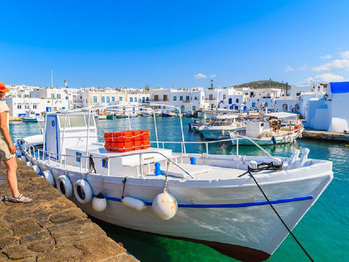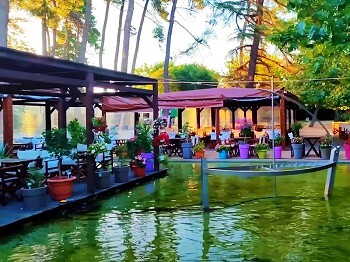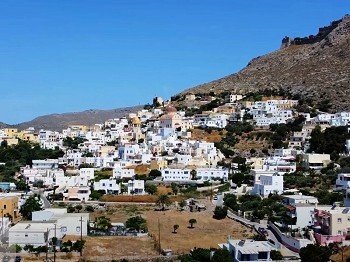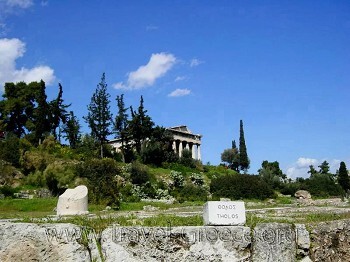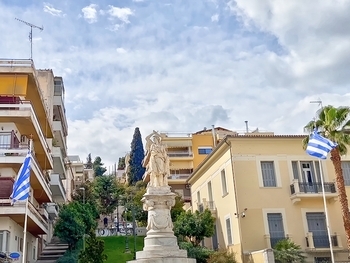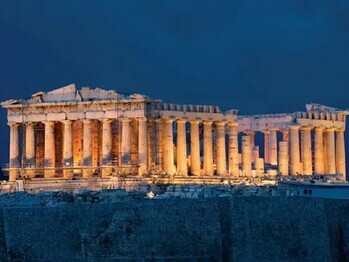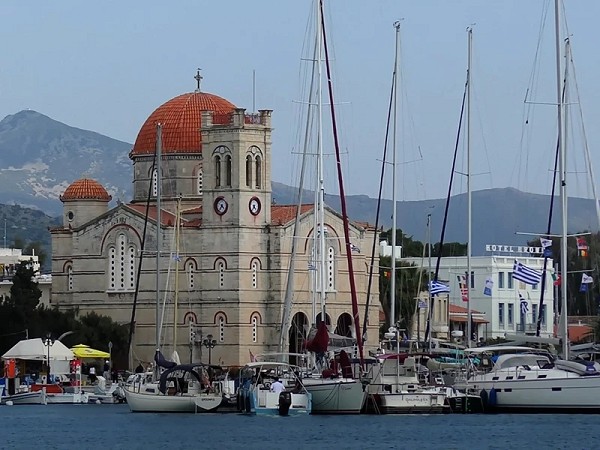
Aegina Chora, the vibrant capital of the Aegina Island in Greece, is a treasure trove of historical Landmarks and cultural Heritage. Whether you are a history buff, a culture enthusiast, or simply curious about Greece's past, Aegina Chora offers a fascinating journey through time. This guide will take you through the most significant historical sites in Aegina Chora, highlighting their historical importance and unique features.
We suggest for your stay:
Still Looking for the Perfect Stay?
1. The Temple of Aphaia: A Stunning Ancient Sanctuary
The Temple of Aphaia, perched on a hilltop overlooking the Aegean Sea, is one of the most remarkable ancient sites on Aegina Island. Dedicated to the goddess Aphaia, this Temple was constructed between 500 and 490 BC and is renowned for its well-preserved Doric Architecture. The temple’s location offers breathtaking Views of the surrounding landscape, making it a perfect spot for history lovers and photographers alike.
Highlights:
Architectural Marvel: The temple's design includes a series of intricate Sculptures and friezes depicting scenes from Greek mythology.
Panoramic Views: Enjoy a sweeping vista of the island and the sea from the temple’s elevated position.

2. The Aegina Archaeological Museum: A Journey Through Time
Situated in the heart of Aegina Chora, the Aegina Archaeological Museum houses an impressive Collection of Artifacts that Date back to the prehistoric era. The museum provides valuable insights into the island's ancient past, featuring everything from Pottery and statues to tools and inscriptions.
Highlights:
Rich Collection: View ancient Artifacts such as the famous marble statues and Pottery pieces from the Aegina sanctuary.
Educational Experience: The museum offers detailed Exhibits and informative plaques that enhance your understanding of the island’s Historical significance.

3. The Church of Agios Nikolaos: A Historical Religious Site
The Church of Agios Nikolaos is an iconic Byzantine church located in Aegina Chora. Dating back to the 13th century, this church is celebrated for its beautiful Frescoes and traditional Architecture. It serves as a living testament to the island's religious and cultural history.
Highlights:
Beautiful Frescoes: Admire the vibrant Frescoes that adorn the interior, depicting scenes from the lives of saints and biblical events.
Architectural Beauty: The church’s design features classic Byzantine elements such as domed ceilings and intricate mosaics.

4. The Kapralos Museum: Art and History Intertwined
The Kapralos Museum, dedicated to the renowned Greek sculptor and painter Dimitris Kapralos, offers a unique blend of modern art and historical context. Located in Aegina Chora, the museum showcases Kapralos’s works alongside Exhibits that reflect the historical and cultural evolution of Greece.
Highlights:
Artistic Collection: Explore Kapralos’s Sculptures and paintings, which often incorporate historical themes and elements.
Cultural Insight: The museum’s Exhibits provide a bridge between contemporary art and ancient Greek history.

5. The Historical Mansion of Markellos: A Glimpse into Local History
The Historical Mansion of Markellos, a well-preserved neoclassical building, offers a fascinating look into the island's domestic life during the 19th century. This mansion, once the home of a prominent local figure, now serves as a cultural center and museum.
Highlights:
Historical Artifacts: Discover period furniture, documents, and personal items that paint a picture of life in 19th-century Aegina.
Architectural Details: The mansion’s design features elegant neoclassical elements, including ornate ceilings and intricate Woodwork.
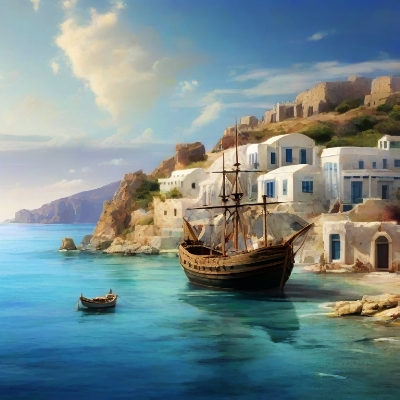
6. The Venetian Fortress: A Stronghold of the Past
The Venetian Fortress, strategically located on a hill overlooking Aegina Chora, is a formidable structure that reflects the island’s military history. Built by the Venetians in the 17th century to defend against pirate attacks, this fortress provides a glimpse into the island’s strategic importance during the Venetian rule.
Highlights:
Historical Significance: Learn about the fortress’s role in defending Aegina from external threats and its impact on local history.
Scenic Views: Enjoy panoramic Views of Aegina Chora and the surrounding areas from the fortress’s vantage point.
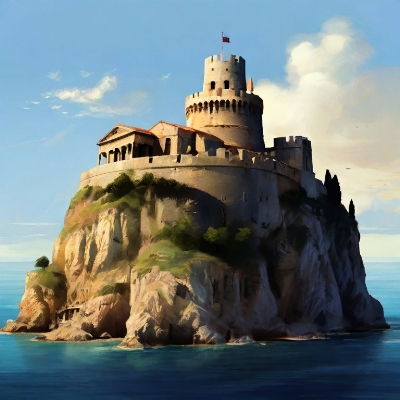
7. The Monastery of Agios Nektarios: Spiritual and Historical Importance
The Monastery of Agios Nektarios, dedicated to Saint Nektarios, is one of the largest and most important Monasteries in Greece. Located just outside Aegina Chora, this site is not only a spiritual center but also a place of Historical significance.
Highlights:
Religious Significance: The Monastery is a Pilgrimage site for many Greek Orthodox Christians and features beautiful chapels and religious Relics.
Architectural Beauty: The monastery’s design includes impressive Byzantine and modern elements, making it a stunning example of religious Architecture.

8. The Old Market of Aegina: A Historical Marketplace Experience
The Old Market of Aegina, located in the heart of Chora, offers a lively and authentic Experience of local commerce. This historic marketplace has been a hub of trade and social interaction for centuries and continues to be a vibrant part of the town's cultural life.
Highlights:
Local Crafts and Goods: Browse through stalls selling traditional Greek products, including Handmade crafts, local produce, and Souvenirs.
Cultural Atmosphere: Experience the bustling Atmosphere of a historic Market where locals and visitors alike come to shop and socialize.

Conclusion
Aegina Chora is a captivating destination that seamlessly blends historical grandeur with vibrant local culture. From ancient temples and museums to historical mansions and religious sites, each location offers a unique window into the island’s rich past. Whether you're exploring the ancient Ruins of the Temple of Aphaia or enjoying the artistic collections at the Kapralos Museum, Aegina Chora promises a memorable journey through history. So pack your bags and set out to discover these remarkable historical sites on your next visit to Aegina!






